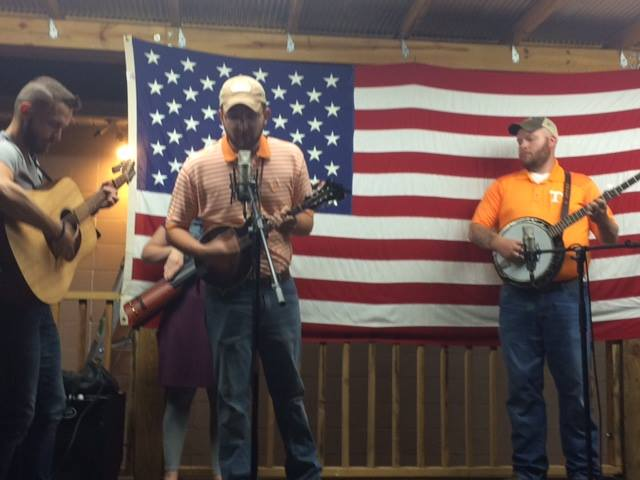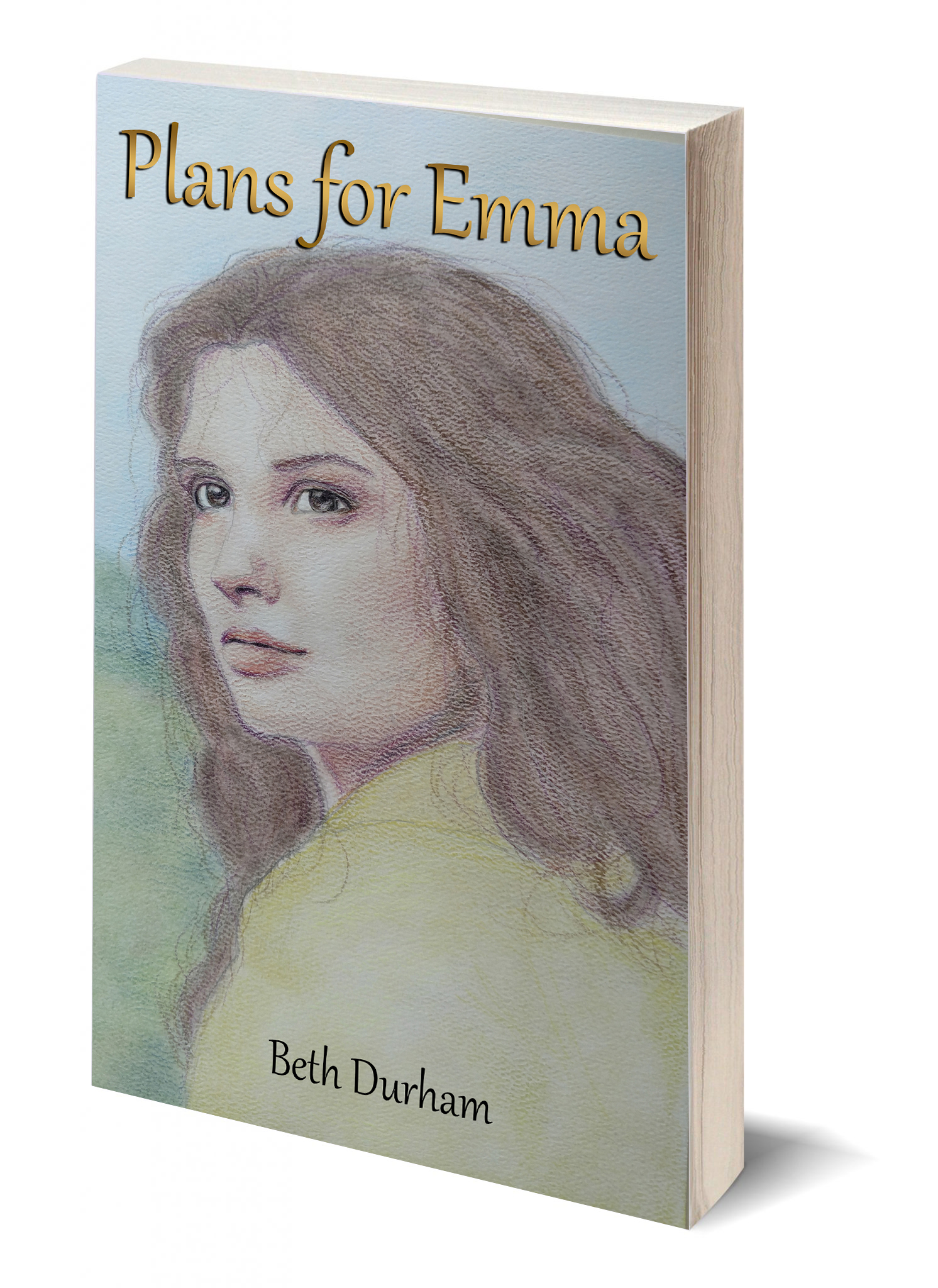Logging and Timber
/Two weeks ago when I introduced “Looking Back” here I said, “Tenessee’s Cumberland plateau has been rich in natural resources, chiefly coal.” While it’s true that the plateau supplied a lot of coal to America’s industrial machine, I want to amend that statement – coal is not chief among our natural resources. Logging has been an important industry on our mountain really for a century and a half. Timber is still an important resource for us.
Last week’s article about East Jamestown’s Incline Railway certainly introduced the importance of this resource. While we may think of the railroads coming to the mountain just for the coal industry, the O&W which served Jamestown and Oneida was largely associated with the Tennessee Stave and Lumber mills. I might call the Stearns Coal and Lumber company their chief competitor as the two had legal battles for who would be able to build the railway. Note that the Kentucky company also included lumber in their company name. It seems that everyone recognized the importance of both natural resources. In fact, Jason Duke looked at coal, railroads and lumber all together in his book Tennessee Coal Mining, Railroading & Logging… (Turner Publishing, 2003).
I got to thinking about logging on the mountain, and looking through some other books I have so I thought I’d share a few early pictures, especially from Fentress County, Tennessee Pictorial History Volume 1…the First One-Hundred Years (Fentress Courier, 1998). These show work-hardened me moving enormous logs with horse power. One picture I wish I’d found for last week’s incline article actually shows a crude incline skidder.
I’ve always heard legends of floating logs to market and have asked a million questions about it with few answers. I guess I can imagine floating logs on the Tennessee River or the Cumberland River, but we’re not a river-land, at least not the way Chattanooga, Knoxville or Nashville were in their early days. I understand that the Baldwin Gulf was a whole community established around logging and they floated the logs down the East Fork of the Obey River.
This is certainly a subject we will re-visit. And I’m hoping to explore the East Fork of the Obey River so I’ll share that with you. I hope I’ve never made out like I was an expert on history in our area and I tell you what reading some of these books and especially old tales like A.R. Hogue’s book from 1916 reminds me how little I know! But it sure is exciting learning, isn’t it? I’d love to hear your stories about logging, just click COMMENTS below.















